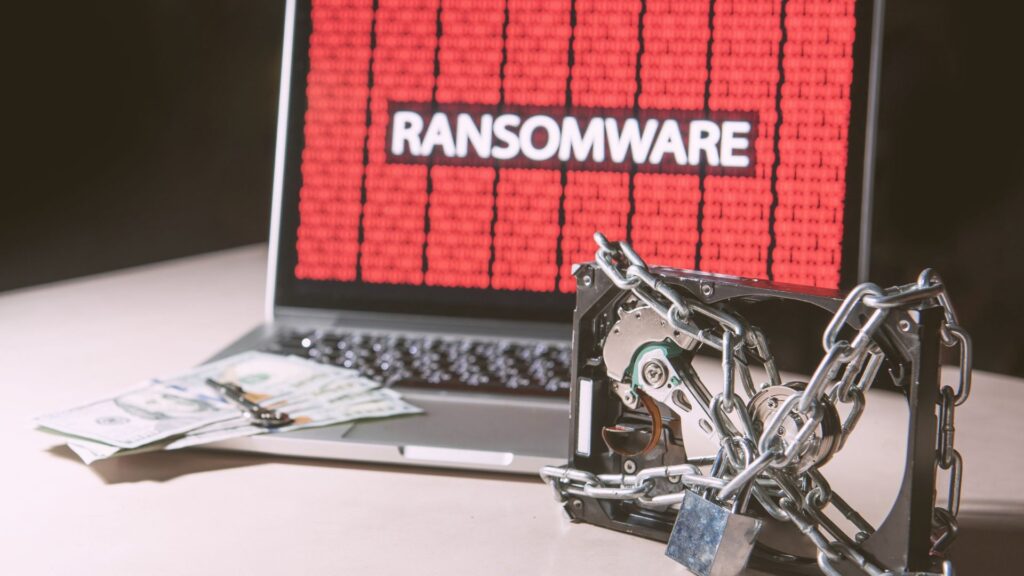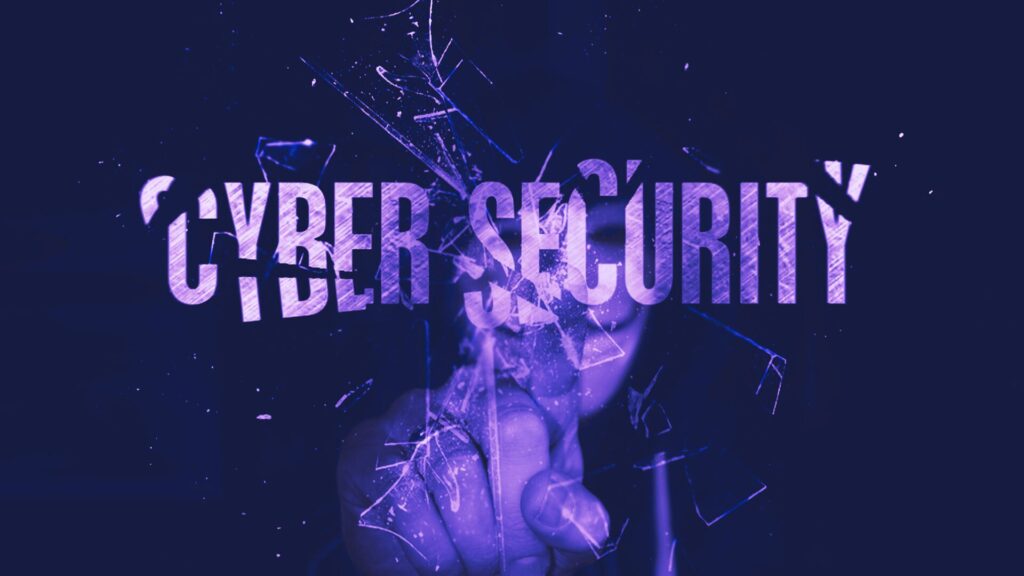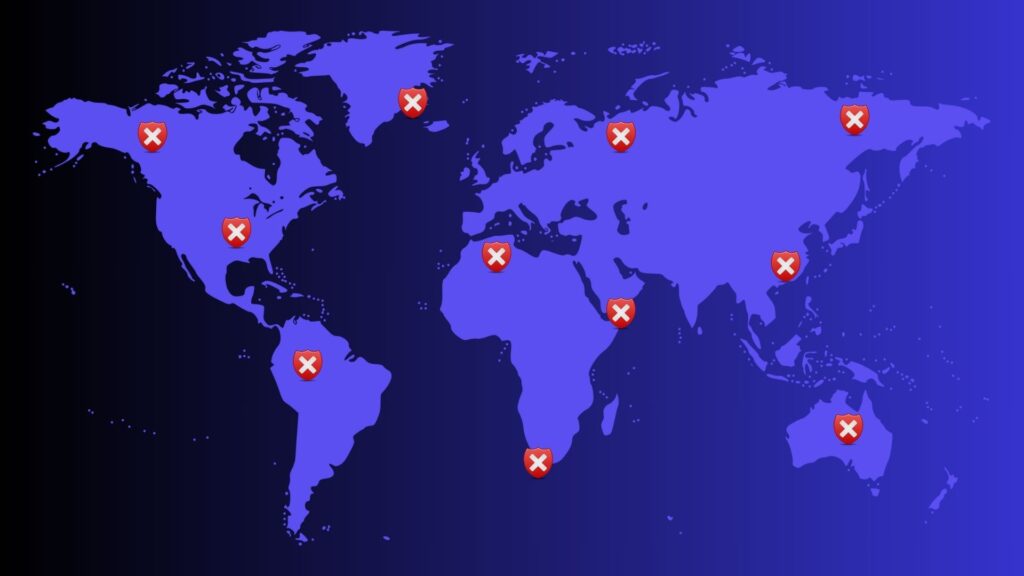Now this is a big one. In case you’ve missed it, ransomware is everywhere lately. It’s affecting businesses, governments, everyday people like you and me, and it’s here to stay. In fact, it’s actually getting worse.
You’re probably wondering how you can avoid being the next victim of a ransomware attack. Well, let’s get into it.
What is ransomware?
Ransomware is a type of malware that encrypts your data and demands payment. In other words, the malware will lock all the files on your computer, making it unusable, and then demand a payment, usually in Bitcoin, to unlock the files again. If you don’t pay the ransom, then your files will be lost forever!
So, you can just pay the ransom and get your data back, right? Unfortunately, it’s not that simple. In some instances, people have paid the ransomware and didn’t receive the key. Alternatively, they’ve paid the ransom and received the key, only to be ransomed again at a later stage because the security hole was not fixed.
Please note that this does not mean that you should pay the ransom – we do not encourage ransom payments.
How does ransomware work?
How ransomware works is that the files are encrypted or locked using a key, called an encryption key. When the files need to be decrypted or unlocked, you will need another key, called the decryption key, to perform the unlock. These two keys work together based on an algorithm that determines the type of encryption that is used when encrypting the files. Only these keys will know how to lock and unlock the data, which is a form of security.
Encryption is generally a good thing because it ensures that you can send private messages or keep your data secret. Except that in the case of ransomware, the encryption is used for malicious purposes.
Ransomware attacks have been consistently increasing over the past few years and aren’t showing any signs of slowing down. In fact, because of AI, it seems that ransomware attacks will only get worse in the near future.
Tips to protect yourself against ransomware
Staying safe from ransomware does require some proactive measures on your part, but it’s worth it. Here are a few tips that you can follow to protect yourself:
- Use antivirus software. A good antivirus will have additional security features, such as ransomware protection. Many of the available antivirus solutions offer real-time protection against cyberattacks which can detect and block ransomware immediately.
- Back up your files. You should create a backup of your files regularly. Store a copy of your files on a different device so that you can restore your data if necessary.
- Use MFA. Multifactor authentication (MFA) should be enabled whenever it’s available. MFA will add a layer of security to your accounts which makes it harder for hackers to access your information.
- Don’t click the link. A lot of ransomware attacks begin with a simple phishing email. Remember to check any links you receive before clicking them, even if they look legitimate. Furthermore, always check the sender’s details to verify that the email is from who you think it is.
- Secure your Wi-Fi. Change the default passwords on your router and smart devices at home. The default password is generally available on the internet which means that anyone can access it. You can take it a step further and use a VPN to help secure your home network as well.
Ransomware is here to stay so we need to be vigilant and protect ourselves from this cyberattack. You do not need to implement every single tool in one go, but making a start is important to reduce your chances of becoming the next victim. Be secure!



